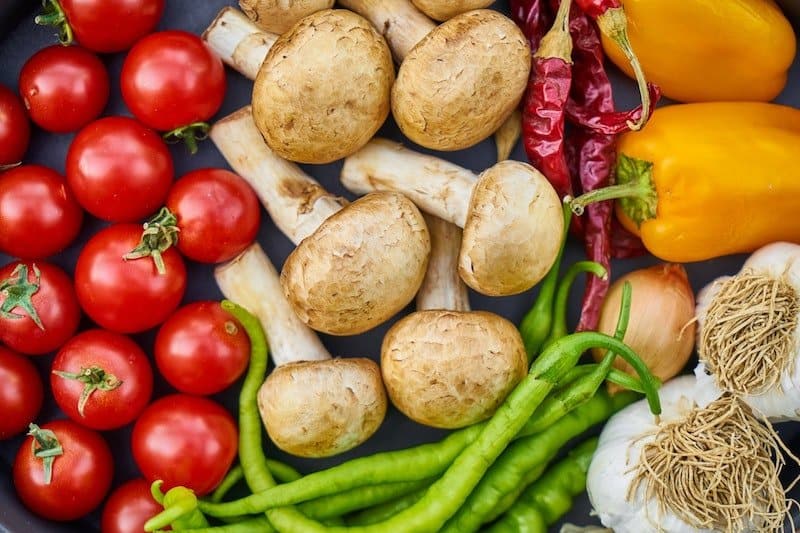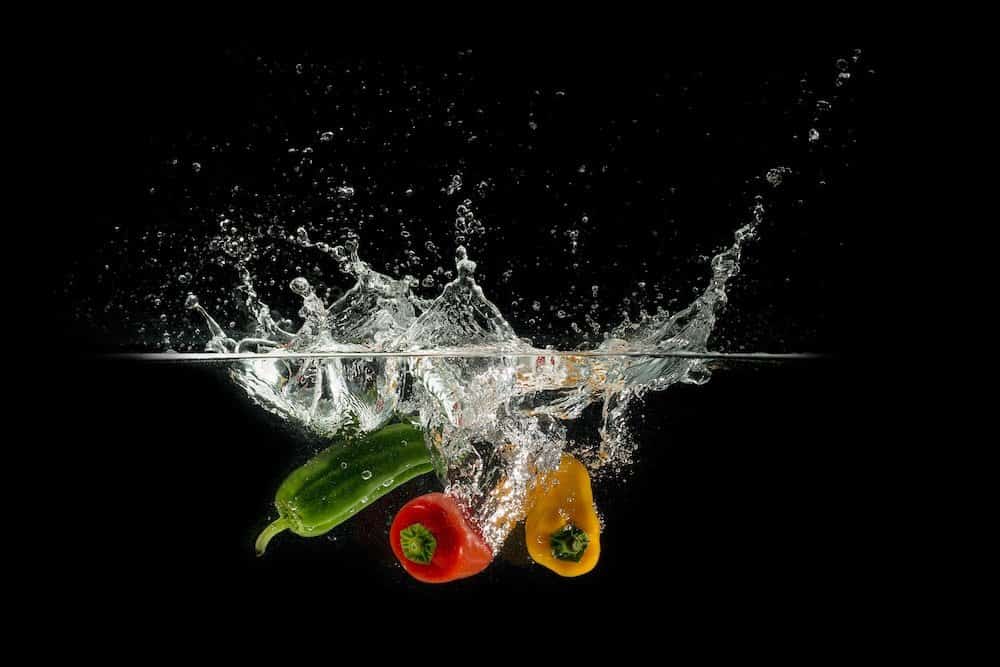Is Sous Vide Worth It for Vegetarians?
Sous vide is famous as a great way to prepare meat, fish, and eggs, but is sous vide worth it for vegetarians and vegans? The truth is, sous vide is perfect for plant-based foods and can be an essential part of a vegetarian kitchen. Let’s find out more.
Why Is Sous Vide Cooking Good for Plant-Based Foods?
Sous vide cooking is perfect for plant-based foods, and here are the primary benefits.
Pasteurizes and Kills Bacteria
While many people focus on harmful bacteria in meat and fish, soil-based bacteria often associated with fruits and vegetables and can be just as dangerous.
Many of the most famous food recalls due to E. coli contamination have been associated with vegetables. Vegetables require just as much food safety.
Sous vide cooking easily kills food borne bacteria and pathogens, making your food safer to eat.
Preserves Vitamins and Minerals
Many vegans need to ensure that their diet includes all the necessary vitamins and minerals, so they naturally focus on a wide range of healthy and nutritious fruits and vegetables. However, many of those delicate nutrients are lost or destroyed by conventional cooking methods, so the nutritional compounds that are in the food never make it into our bodies.
Compared with other cooking methods, sous vide preserves more vitamins and minerals during the cooking process, preventing them from being lost in heat and water.
Sous vide cooking also makes vegetables easier to digest, so the nutrients are more bioavailable. Simply adopting sous vide cooking methods makes every meal healthier.
Enhances the Flavors and Textures of Vegetables
One of the biggest challenges in cooking vegetables is the risk of over-cooking them, which damages the nutrition and ruining the color, texture, and flavor.
The good news is that sous vide cooking makes it impossible to overcook vegetables, so they have the perfect flavor and texture every time.
Even better, sous vide cooking is so easy that even people who aren’t gourmet cooks can make excellent plant-based meals.
How to Sous Vide Vegan and Vegetarian Foods
Here are some of the best vegetarian and vegan foods to sous vide.
Grains and Pulses
Vegetarian and vegan diets are often very high in grains and pulses, as essential sources of plant-based nutrition.
While most people agree that sous vide cooking doesn’t improve the flavor or texture of grains and pulses over other cooking methods, scientific studies have shown that sous vide cooking preserves more of these foods’ nutritional content and makes the nutrients more bioavailable.
So, cooking grains and pulses via sous vide gives you grains and pulses that taste the same but are actually more nutritious.
And many vegetarians love how easy it is to prepare large quantities of grains and pulses with an immersion circulator, without overcooking them and damaging the texture.
Nut Butters
Nut butters are a staple of vegan diets because they provide high-quality plant proteins and healthy fats.
Many vegans and vegetarians also prepare their own nut butters to save money and avoid unwanted ingredients.
Sous vide cooking is a great way to ensure food safety and extend the shelf life of homemade nut butters, so they are as safe and delicious as store-bought alternatives.
Vegetables
There are many reasons that sous vide is the perfect way to cook a wide range of vegetables. Because the vegetables are heated gently and evenly, they are cooked without damaging the cell walls, which allows them to cook without becoming mushy or losing their texture.
It’s an excellent choice for tender vegetables that quickly overcook and tough vegetables that are difficult to cook evenly. This gentle cooking method also enhances the flavors of vegetables, so they are utterly delicious with less added salt or seasonings.

Here are some of the standout vegetables that are best-prepared sous vide.
Potatoes, Carrots, and Root Vegetables
Heating root vegetables to a precise temperature without overcooking them or damaging the texture really allows these flavors to shine.
Potatoes are fluffy, carrots are tender, and the flavors are bright and vivid. For added flavor, seal a sprig of rosemary, sage, or thyme inside the sous vide pouch before cooking, so the herbs infuse the vegetables with flavor.
Asparagus, Green Beans, and Tender Vegetables
It’s all too easy to overcook tender vegetables and make them mushy and dull their color. Sous vide cooking allows asparagus, green beans, spinach, and other delicate, tender vegetables to achieve peak flavor and color.
Because a sous vide cooker never raises the temperature higher than necessary, these vegetables can be cooked to perfection without watching the clock.
Bok Choy and Brassicas
Some people actually don’t like cooking brassicas sous vide because the flavors are even more intense than usual.
But if you like these pungent vegetables and want to cook them in a way that captures all the nuance and complexity of their flavors and fragrances, there’s no better way than sous vide.
In Summary
While an immersion cooker isn’t traditionally thought of as a staple of the vegetarian kitchen, it probably should be.
Sous vide cooking is an excellent way for vegetarians and vegans to make sure that their plant-based meals are as delicious and nutritious as possible, with perfect tender-crisp textures and all the naturally vivid colors and flavors of your favorite vegetables.
The unique properties of sous vide cooking make the most of every ingredient, so you get every bit of natural flavor, nutrition, and quality in everything you make.








